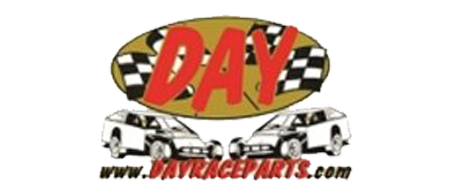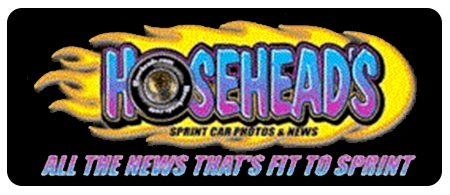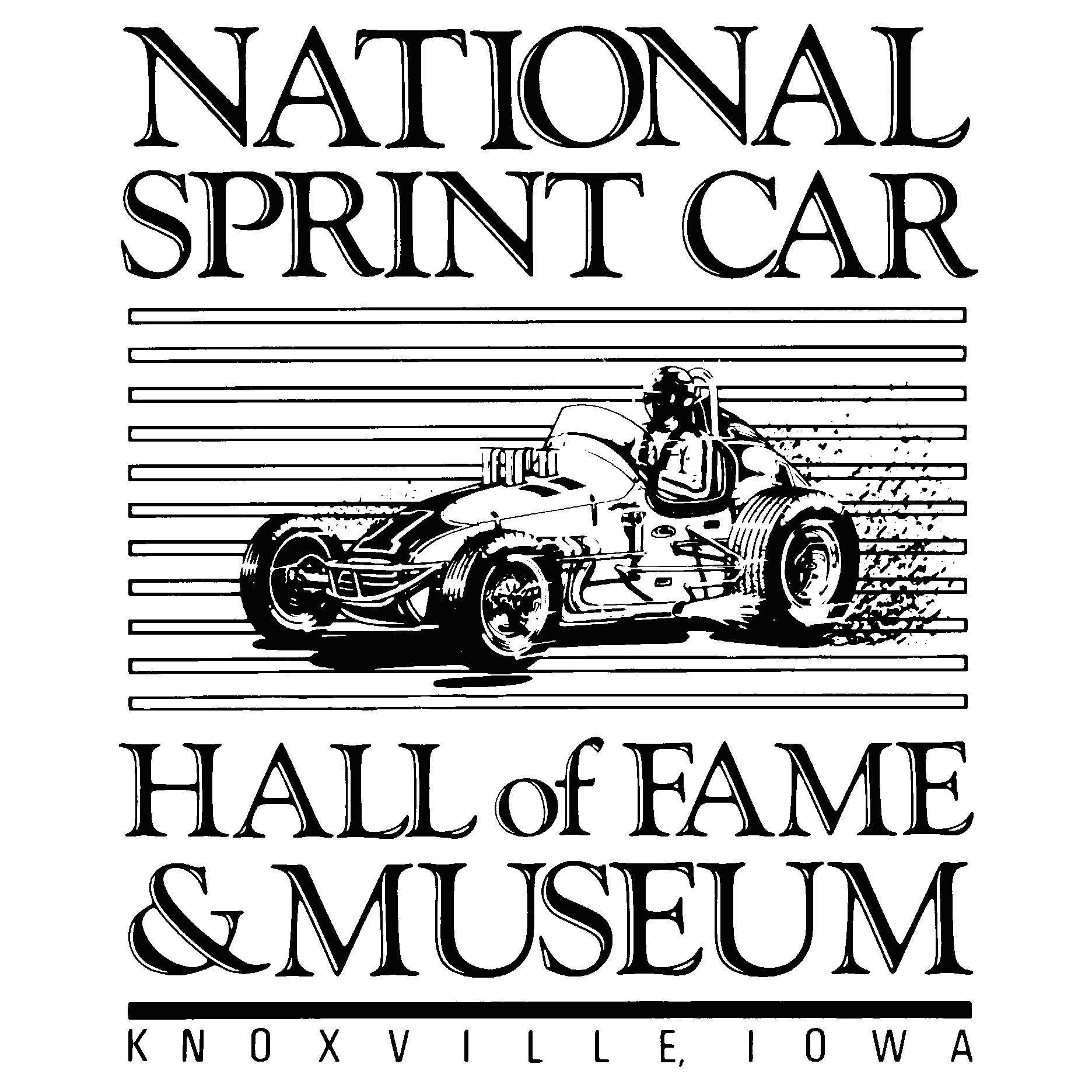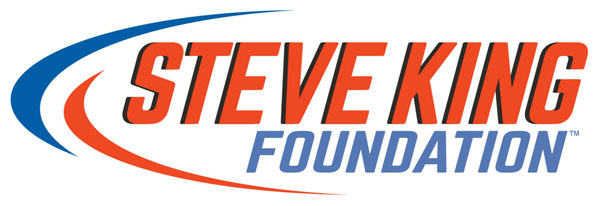NASCAR successfully navigates the new normal at Darlington
Photo by Chris Graythen/Getty Images
After a 10-week absence due to the Covid-19 pandemic, NASCAR was back in business on Sunday at Darlington Raceway.
There was no practice, no qualifying. The 900 or so essential personnel—just a fraction of the number typically necessary to execute a race—were screened and had their temperatures taken prior to entering the 1.366-mile track. Masked men practiced social distancing while scrambling through the inspection and staging of cars on the grid.
But once the green flag fell, and the sound of engines at full song filled the air, there was a promise of a return to normal.
The Lady in Black did not disappoint. Over 400 miles, there were 11 lead changes among six drivers, 10 cautions—including an expected first-lap incident after Ricky Stenhouse Jr. wadded up the No. 47 Chevy in Turn 2—as well as a competition caution on Lap 30 for teams to assess their cars after taking to a green track.
Pit stops took a while to get used to, as the field was split up to maintain proper distance under the competition caution, and drivers were given the opportunity to pit twice for adequate time to make adjustments. Subsequent pit stops looked refreshingly ordinary. After race control finally replicated the lineup for the restart after the competition yellow, the race felt like any other NASCAR Cup event—until Kevin Harvick took the checkered flag.
That’s when the harsh reality of no fans in the stands truly set in, particularly for the drivers. Dwindling track attendance is an aspect stock car racing has had to deal with even prior to the coronavirus. But after Harvick climbed from his No. 4 Stewart-Haas Racing Ford—to celebrate his 50th-career win—there was no one on the other side of the fence to raise a cold Busch Light in his honor.
“The weirdest part of the day for me was getting out of the car and not hearing anybody cheering,” Harvick said after the race via Zoom conference. “When the engines are running, you're kind of in your own little world in the car.
“Look, I've been around this deal for a long time. This is not like anything I've ever experienced. I can tell you it's very similar to coming back after 9/11. That day had a hundred thousand fans in the stands, now you have no fans.”
Many pundits wanted to compare Sunday’s return at Darlington to the 1979 Daytona 500, when the East Coast sheltered in place for a snowstorm and NASCAR had a captive audience.
But the 2001 fall Dover race was a revival.
For Harvick—and the NASCAR community—2001 was a year like no other. The sport lost its biggest star, Dale Earnhardt, in the Daytona 500. Harvick was recruited to fill the seat—a daunting task for a 25-year-old driver. Seven months later, many people were still in mourning after Earnhardt’s loss when terrorists attacked. As the Trade Towers smoldered, people mourned again.
The “God Bless America” sentiment was strong and displayed on many car liveries when NASCAR picked back up at Dover 12 days later. NASCAR’s favorite son Dale Earnhardt Jr., won the race and carried the flag for a polish victory lap as fans erupted in cheers around the Monster Mile. As America began the healing process, NASCAR provided a much-needed diversion.
“With 9/11 and having that moment for our country to be attacked in a terrorism-type of setting, there are some similarities to that in this current day, but everybody wanted to go back to the track and I swear, everybody was wearing red, white and blue,” said Kurt Busch, who like Harvick was a rookie at the time. “There was no other color and the grandstands were packed. The electricity was beyond.”
Fast forward to Sunday. Ten weeks after NASCAR last raced at Phoenix International Raceway, cars were actually on the track. Since NASCAR canceled the March 13-15 race weekend in Atlanta, more than 90,000 Americans have lost their lives to the coronavirus. And again, much of the country is in mourning, some a bit frightened and unsure about these uncertain times.
Busch, who finished third on Sunday, said the vibe was much different at Darlington compared with Atlanta in March.
“What a tremendous effort,” Busch said. “The collaborative effort from everybody from the NASCAR side, the officials, the team owners, the drivers, our television broadcast partners, radio. Everybody had to reach out of the normal, reach out of the box, do it with common sense..I’m very proud of the effort we put forth today.
“Just the electric atmosphere, again, of something so new and something so uncharted that once we dropped the green flag, you got to zone-in and focus on Darlington.
“To put things aside, this is a privilege to go out there and race race cars at 200 miles an hour and have a job during this pandemic…Thanks to everybody at Chip Ganassi Racing. I'm over the moon. It was exciting to race. We missed our fans not being in the grandstands, but we felt you through the TV and through the radio.”
Although iRacing offered a welcome respite while motorsports fans remained at home, there was nothing virtual about the Real Heroes 400. There was something reassuring about a live sporting event on TV, even if fans—and those of us who have spent countless weekends at the race track—could not attend.
Broadcasters were forced to rely on storytelling to sell the product—and the menu was full. Two popular veterans, Ryan Newman and Matt Kenseth, made their return to racing. Hendrick Motorsports picked up from its resurgence on the West Coast with the Nos. 24, 48 and 88 leading laps. Seven-time champion Jimmie Johnson was on the way to his first stage win of the season—and flirted with ending his 100-race losing streak—before running into Chris Buescher heading to the green-white checkered flag. And rookies Tyler Reddick and John Hunter Nemechek both posted top-10 finishes.
Yes, NASCAR put on a stellar show. For three-and-a-half hours, we could forget there is an invisible enemy known as coronavirus in our midst, if not for the masks and pit reporters using boom mics to interview drivers. Logistically, the race went off without a hitch. The absence of fans, however, might take a while to get used to.
“The practice and in‑the‑car part are something we can figure out,” Harvick said. “The not having any fans in the infield, for me that took some of the enthusiasm of the win away, just because of the fact you weren't able to celebrate with the crowd.
“For me, that was really awkward, because I feed off of that stuff, enjoy those types of moments. For me, I didn't really know what to say after the race because it's such a unique situation that we're in.”
But even if he couldn't hear or see them, Harvick can rest assured the multitude of fans who watched his victory on television thoroughly enjoyed NASCAR's return to real action on real asphalt.

.png)





